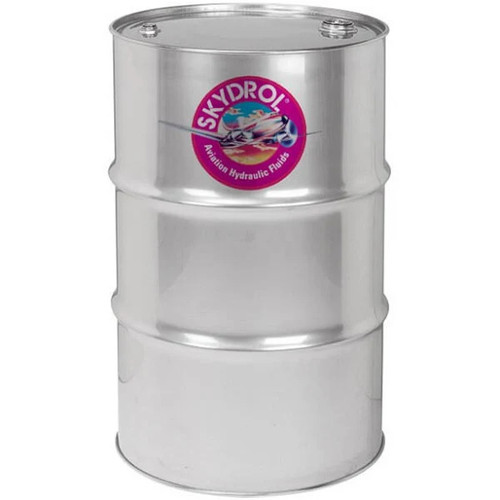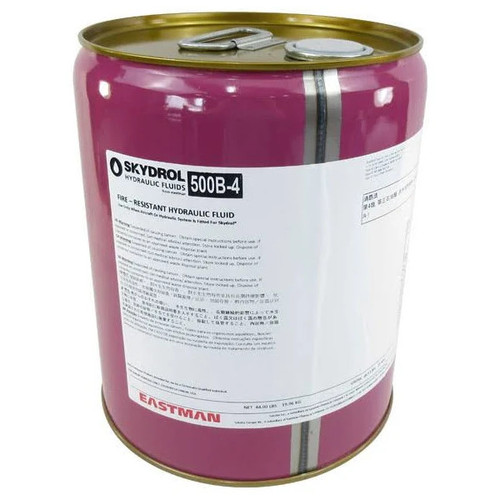Product Description
Applications
|
Product Description
Skydrol LD-4 was introduced in 1977 , and is well known around the world. At the time of its introduction it was a breakthrough product, solving problems of valve erosion and thermal stability common in earlier fluids. Its excellent thermal stability under real world conditions has given it a reputation as the gold standard among Type IV fluids. Skydrol LD-4 features low density, excellent thermal stability, valve erosion prevention, and deposit control.
Typical Properties
| Property | Test Method | Typical Value, Units | |
| General | |||
| Acid Number (mg KOH/g) | 0.10 Maximum | ||
| Appearance | Clear, oily liquid | ||
| Autoignition Temperature | ASTM D 2155 | 400 °C (752 °F ) Minimum | |
| Color | Purple, essentially equivalent to intensity and hue standard | ||
| Elemental Content | |||
| Calcium | 10 ppm, Maximum | ||
| Chlorine | 50 ppm, Maximum | ||
| Potassium | 30 ppm, Maximum | ||
| Sodium | 10 ppm, Maximum | ||
| Sulfur | 1185-1540 ppm | ||
| Fire Point | |||
| COC | 177 °C (350 °F ) Minimum | ||
| Flash Point | |||
| COC | 160 °C (320 °F ) Minimum | ||
| Moisture | 0.20 % Maximum | ||
| Particle Contaminationa | |||
| 15-25 micron size | 5,700 Maximum | ||
| 25-50 micron size | 1,012 Maximum | ||
| 50-100 micron size | 180 Maximum | ||
| 5-15 micron size | 32,000 Maximum | ||
| Over 100 micron size | 32 Maximum | ||
| Pour Point | -62 °C (-80 °F ) Maximum | ||
| Specific Gravity | |||
| @ 25°C/25°C | 1.003-1.013 | ||
| Viscosity | |||
| @ 38°C (100°F) | 10.65-11.65 cSt | ||
| @ -54°C (-65°F) | 2000 cSt Maximum | ||
| @ 99°C (210°F) | 3.66-4.00 cSt | ||
aNAS 1638 particle counts per AS4059F











